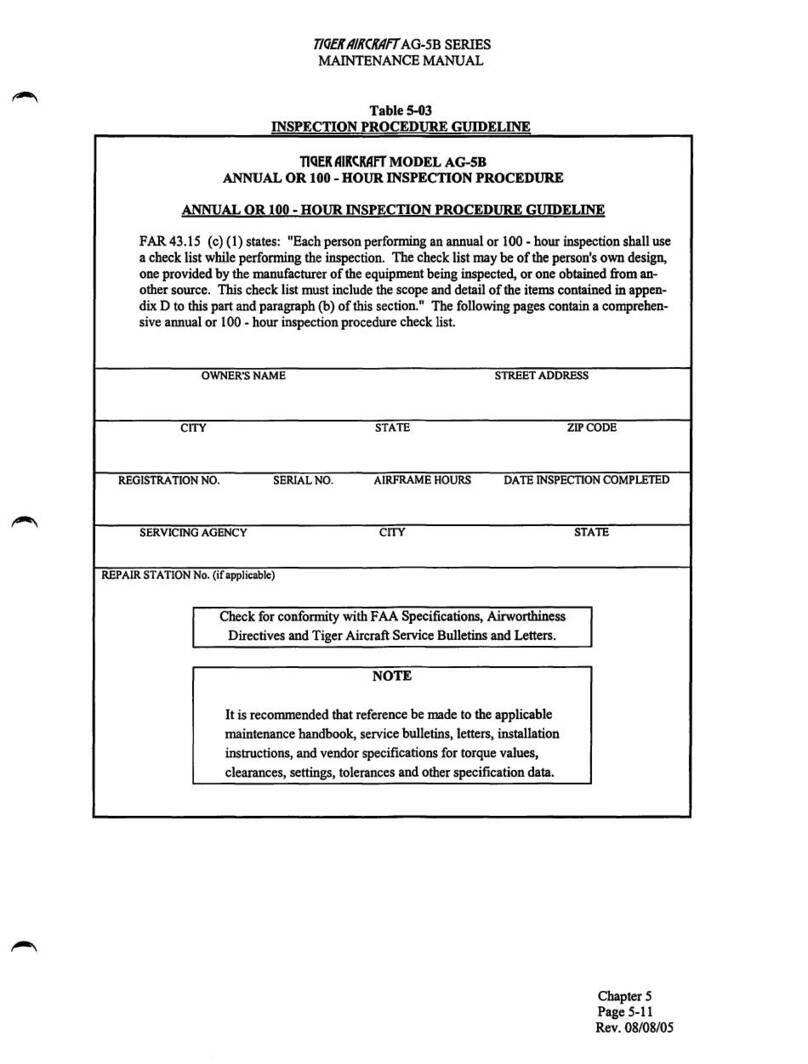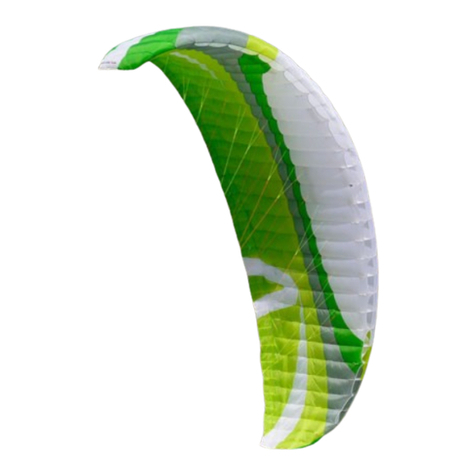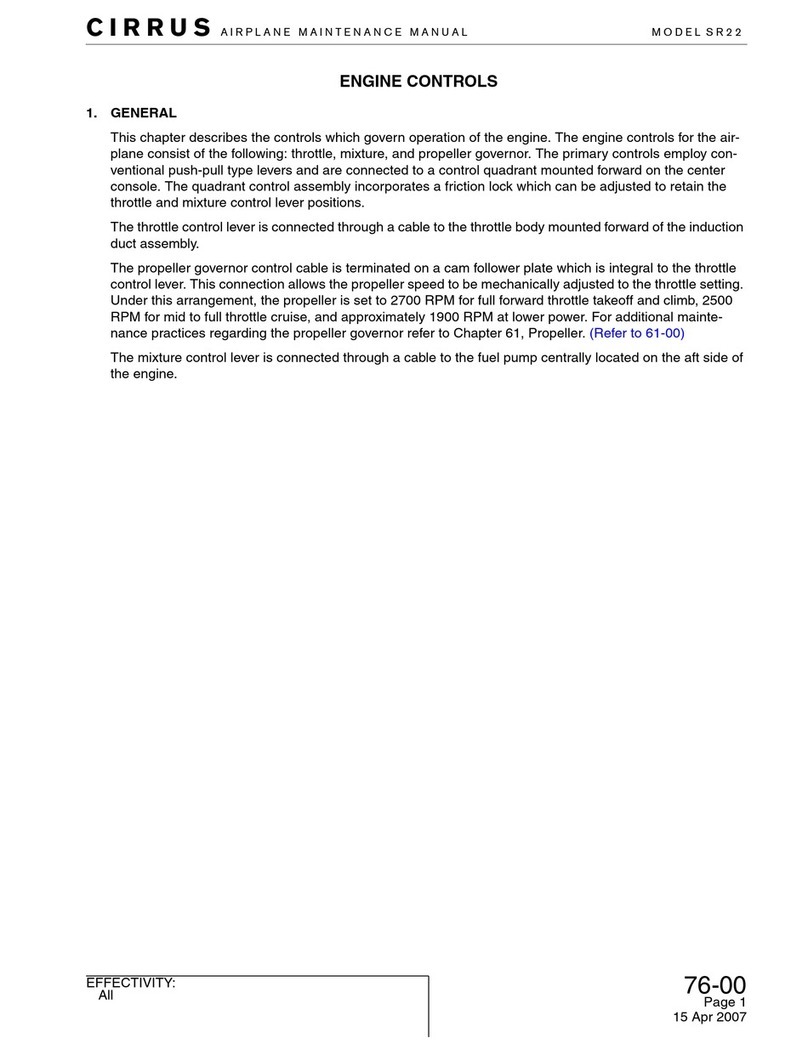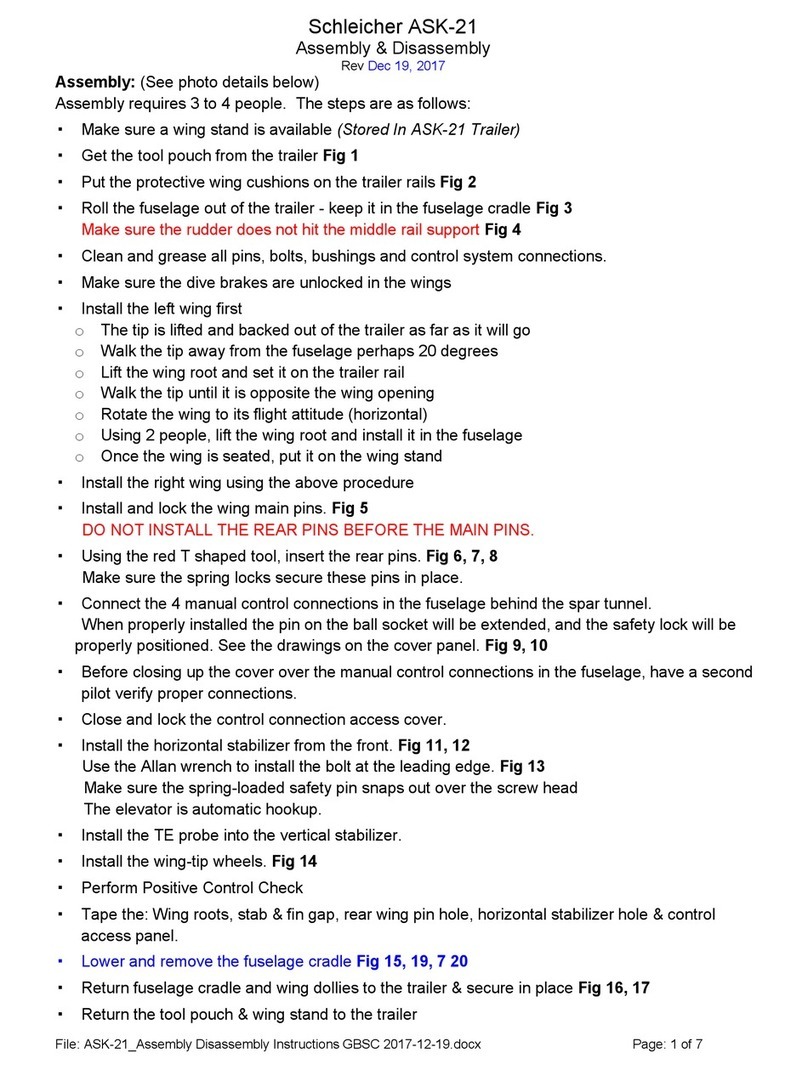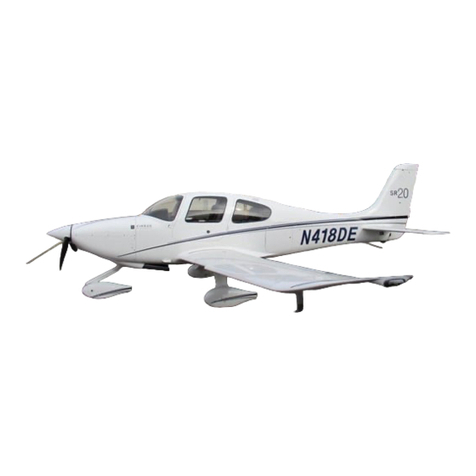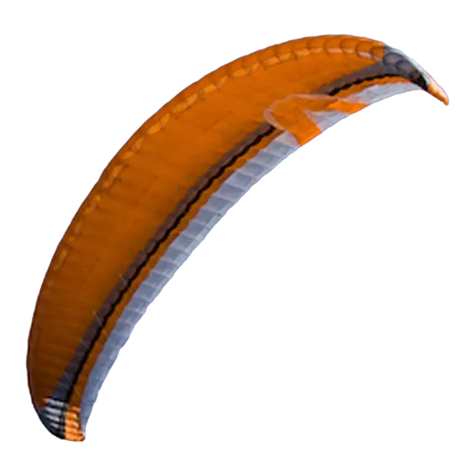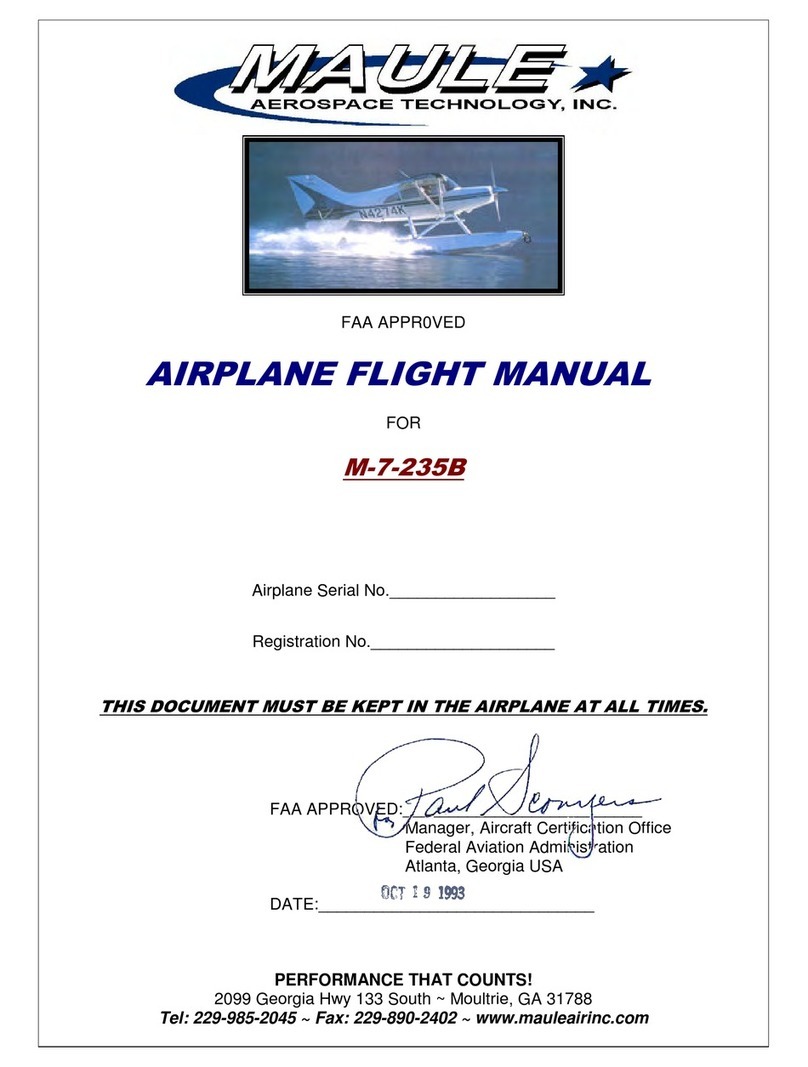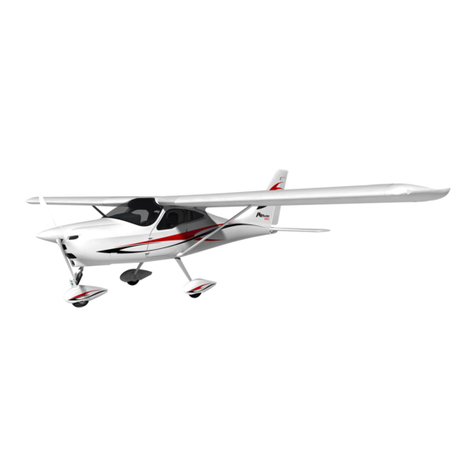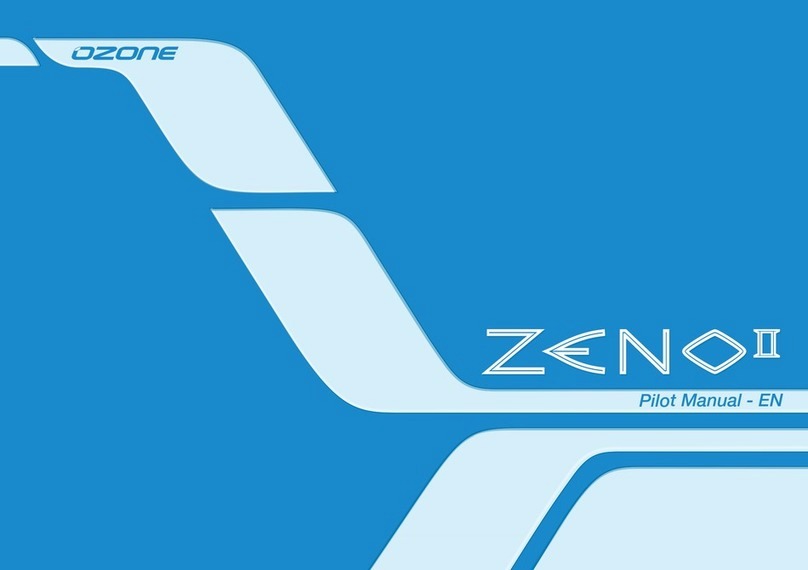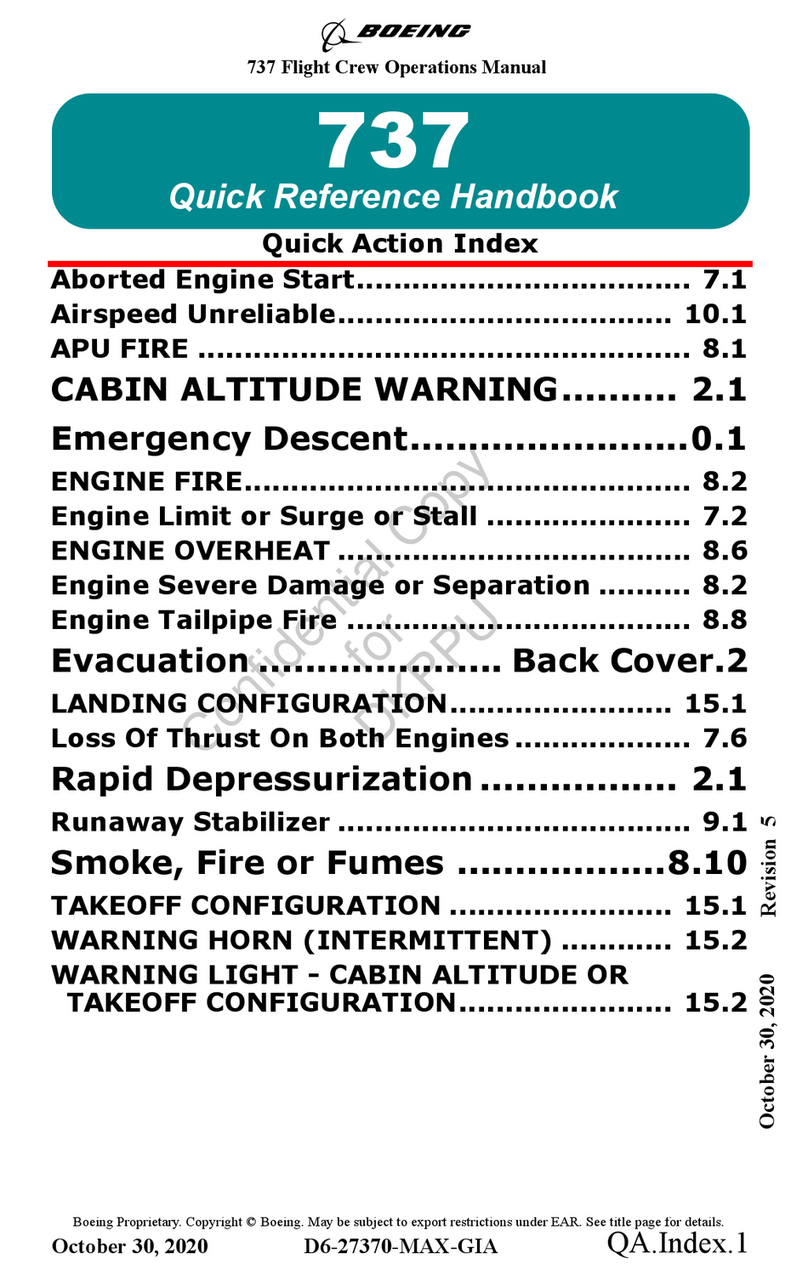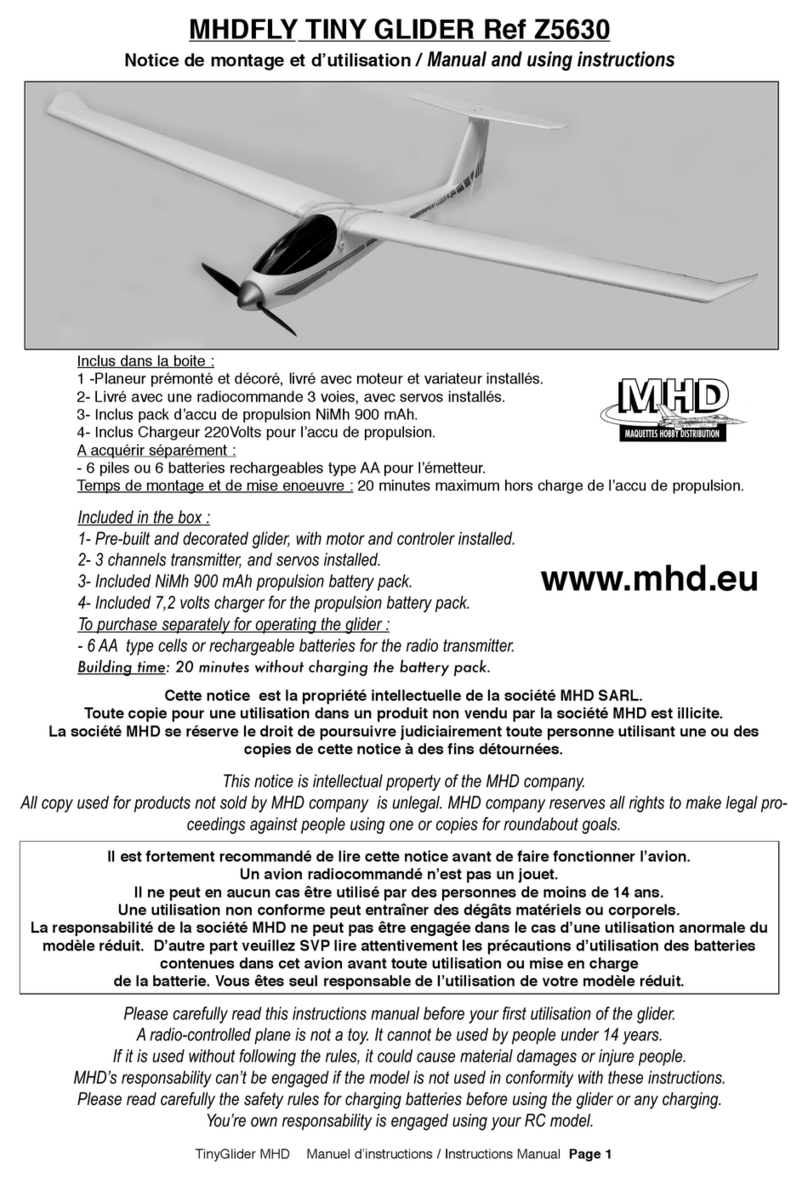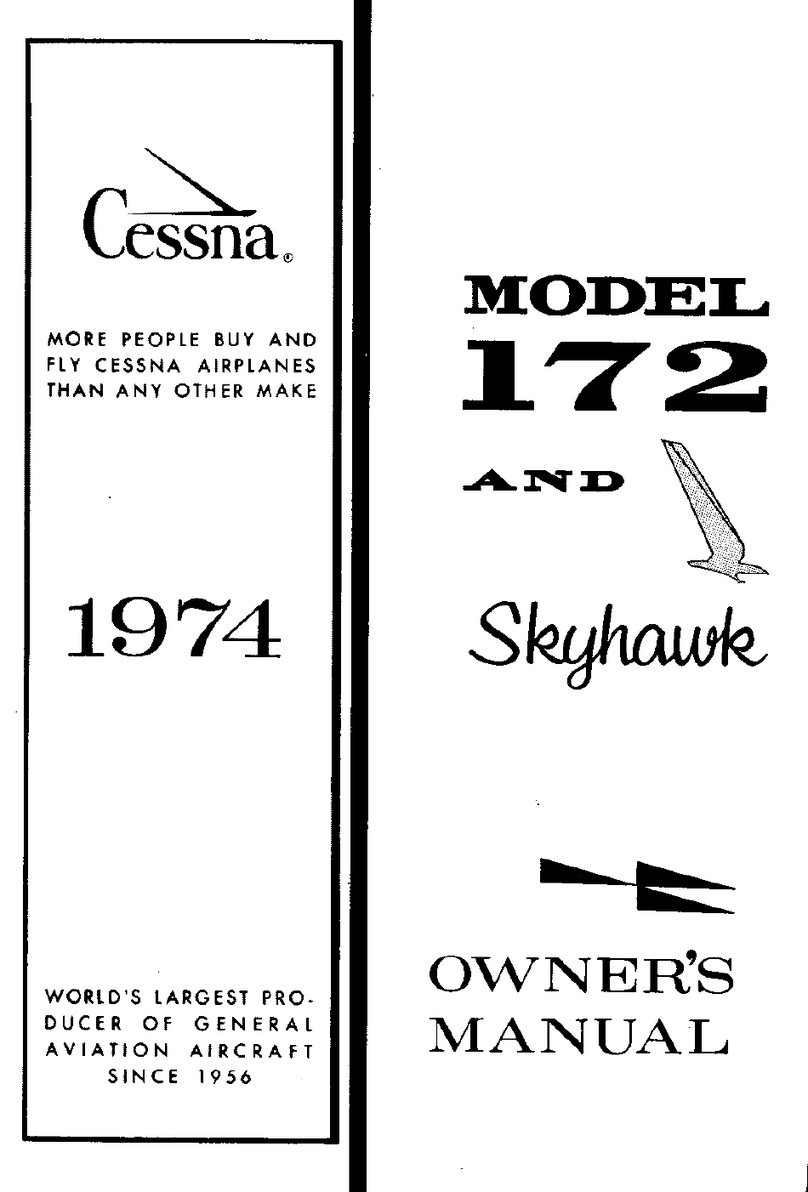Tiger Aircraft AA-5 TRAVELER User manual

ST
I
I
TIGER
AIRCRAFT
LLC
MAINTENANCE
MANUAL
FOR
Gulfstream
Aerospace
Corporation*
MODELS:
AA-5
TRAVELER
AA-5A
CHEETAH
AA-5B
TIGER
ISSUED:
NOVEMBER
15,1976
REVISION
5:
MARCH
1,
2004
*REVISION 5
-CONTENT
REVIEWED
AND
APPROVED BYTYPE DESIGN HOLDER
TIGER
AIRCRAFT
LLC
226
PILOT
WAY
MARTINSBURG,
WV

JfpN
TITLE
AIRCRAFT
GENERAL
Time
Limits/Maintenance
Check
Dimensions
and
Areas
Lifting and Shoring
Leveling and Weighing
Towing
and Taxiing
Parking and Mooring
Placards and Markings
Servicing
AIRFRAME
SYSTEMS
Standard
Practices
—
Airframe
Air
Conditioning
Auto
Flight
Communications
Electrical
Power
Equipment/Furnishings
Flight Controls
Fuel
Ice
and
Rain
Protection
Landing Gear
Lights
Navigation
Vacuum
STRUCTURE
Doors
Fuselage
Stabilizers
Windows
A
A-5
SERIES
MAINTENANCE
MANUAL
LIST
OF
CHAPTERS
CHAPTER
NO.
5
6
7
8
9
10
11
12
20
21
22
23
24
25
27
28
30
32
33
34
37
52
53
55
56
List
of
Chapters
Page 1
July
15/78

TITLE
Wings
PROPELLER
Propellers
POWER
PLANT
Power
Plant
General
Engine Fuel
and
Control
Ignition
Engine Indicating
Exhaust
* 0iI
$Starting
chajJts
Charts
A
A-5
SERIES
MAINTENANCE
MANUAL
UST
OF
CHAPTERS
CHAPTER
NO.
57
61
71
73
74
77
78
79
80
91
List
of
Chapters
Page 2
July
15/78

AA-5
SERIES
MAINTENANCE
MANUAL
INTRODUCTION
GENERAL
The function of this Maintenance
Manual
Is to acquaint maintenance personnel with the systems andtheir
components of the
AA-5,
AA-5A
and
AA-5B
aircraft and to
direct
them
in the proper procedures for
maintaining
the
aircraft
In an
airworthy
condition.
This manual contains Information on installations made in the aircraft during manufacture and optional
equipmentonly. However, information derived from applicable Single Engine Aircraft Service Kits,
Service Bulletins, and Service Letters will be included in the manual as soon as possible after the
issuance of these documents. Changes or installations made by the operator are not Included In this
manual.
The ability of maintenance personnel is recognized, and those procedures which are considered common
to
all
aircraft
have
been
either
briefly
referenced
or
omitted.
FORMAT
The
chapter
identification
in this
manual
has
been
prepared
In
accordance
withAir Transport Associa
tion
(ATA)
Specification
No.
100.
A
functional
breakdown
is
employed
whereby
all
data
pertaining
to a
given
system,
or component of a
system,
may be
found
In one chapter with a minimum of
cross-refer
encing
to
other
chapters.
The Electrical
Power
Chapter
in this
manual
covers only the
power
sources anddistribution equipment
- for the electrical system. There is not a chapter in this
manual
specifically designated for instruments.
Details
of
individual
branch
electrical or instrument systems will be
found
in the
applicable
chapter.
IDENTIFICATION
OF
SUBJECT
MATTER
Athree-dash number
system
is employed to Identify subject matter. The
first
dash number Identifies
the chapter, the second dash number the section, and the third dash number the component or sub
section of the section. The following example illustrates how the numbering
system
is used in the
NAVIGATION
Chapter.
34 - l — i
•Identifies
NAVIGATION
Chapter.
•
Identifies
that
section
(group
of
related
subjects)
which
provides
coverage
for
the
Flight
Environment
Data
portion
of the
NAVIGATION
Chapter.
•Identifies a
specific
subject
(component) of
the
Flight
Environment Data. In this manual It
is
assigned
to
the
Pitot
and
Static
Pressure
Systems.
The
dash
0
(-0)
is
provided
as a
means
for
covering
a
complete
system or sub-system. The
chapter
number
followed
by a zero
(34-0)
will segregate that material covering the complete system; the chapter
section numbers
followed
by a zero (34-1-0) is used for further details covering the sub-system or com
ponent.
PAGE
NUMBER
IDENTIFICATION
Page number blocks are used to separate the subject matter into the following categories:
General Coverage andUnit Description Pages 1 through
1Q0
Troubleshooting Pages
101
through
200
Maintenance
Practices
(See
Below)
Introduction
Pagel
Nov
15/76

AA-5
SERIES
MAINTENANCE
MANUAL
Maintenance
Practices
include as applicable the following sub-topics: Servicing, Removal/Installation.
Adjustment/Test, Inspection/Check, Cleaning/Painting, and
Approved
Repairs.
If
all
sub-topics, under Maintenance Practices
are
brief, they
are
combined into one topic. All such com
bined topics are numbered withinpage number
block
201-300.
Whenever
individualsub-topics are so
lengthy
thata
combination
requires
several
pages,
each
sub-topic
is
treated
as
an
individual
topic.
Page
number blocks for this sub-topic
arrangement
are
as follows:
Servicing
301
- 400
Removal/Installation
401 -
500
Adjustment/Test
501 - 600
Inspection/Check
601 - 700
Cleaning/Painting 701 - 800
Approved
Repairs
801 - 900
Each
new
subject starts
with
page 1,
101,
201,
etc.,
and
continues
through
the page
block
assignment to the
extent necessary. The first page of each block is placed on a right-hand page.
I
-FIGURE
IDENTIFICATION
Figures (illustrations) are
numbered
consecutively
within
eachtopic
(subject)
as
follows:
Figures in Description - 1, 2, 3, 4, 5, etc.
Figures in Troubleshooting - 101, 102, 103, etc.
Figures
in
Maintenance
Practices
-
When not sub-divided - 201, 202, 203, etc.
When
sub-divided
-
Servicing-
301, 302, 303,
etc.
Removal/Installation - 401, 402, 403, etc.
Adjustment/Test - 501, 502, 503, etc.
Cleaning/Painting- 701, 702, 703, etc.
Approved
Reoairs
- 801,
802,
803,
etc.
INDEXING
Each
chapter
is prefaced
with
a
table
of
contents
identifying
the subject matter
within
the chapter in the
order
of presentation. The table of contents is arranged with the
following
headings:
DESCRIPTION:
TROUBLESHOOTING;
and
MAINTENANCE
PRACTICES.
PART
NUMBERS
This manual
must
not be used for identifying
spare
parts
by number. Consult the
Illustrated
Parts
Catalog for this information.
Part
numbers
are
used in this manual only as a means of identification
when
nomenclature
alone
is
inadequate.
Introduction
Page
2
Nov
15/76
This manual suits for next models
2
Table of contents
Other Tiger Aircraft Aircraft manuals
